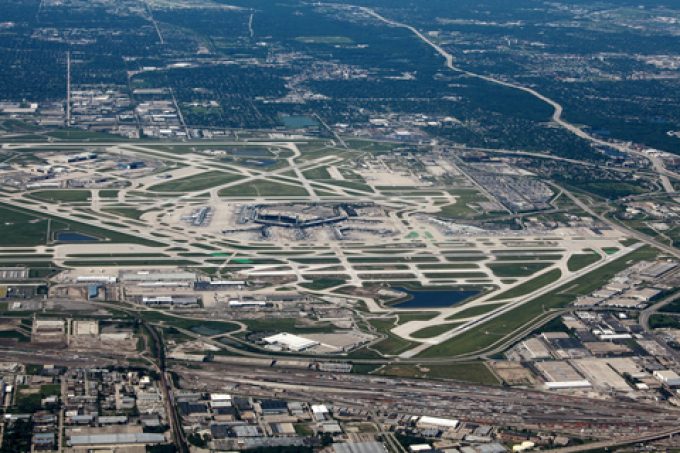Transpac ecommerce freighters on pause as US Customs checks every parcel
UPDATED 5.8.24 to reflect additional information from CBP The US Customs and Border Protection (CBP) agency’s ...

Warehouses and distribution facilities near major airports enjoy an average rent premium of nearly 20% over non-airport warehouses, according to a study by industrial real estate firm CBRE
CBRE analysts scrutinised rents around the 20 busiest US airports and found rents for warehouses in a five-mile radius on average were 18.8% higher than the average for metropolitan areas.
Around the top five US airports, the rent premium is 25% or higher.
Locations near Los Angeles International Airport scored the highest premiums, averaging 36.8% ...
Keep our news independent, by supporting The Loadstar
Container spot rates diverge: to Europe still falling, but firmer to the US
Volume surge and an early peak season? 'Don't celebrate too soon,' warning
Hapag-Lloyd won't take bookings if port congestion leaves cargo stranded
Ecommerce likely the front-runner in resurge of transpacific trade after deal
China-US trade tariff pause could drive a rebound for transpacific rates
Service chaos from trade ban with India a problem for Pakistan shippers
Airfreight rates ex-China 'loss-making', but hopes of a trade deal stay high

Comment on this article